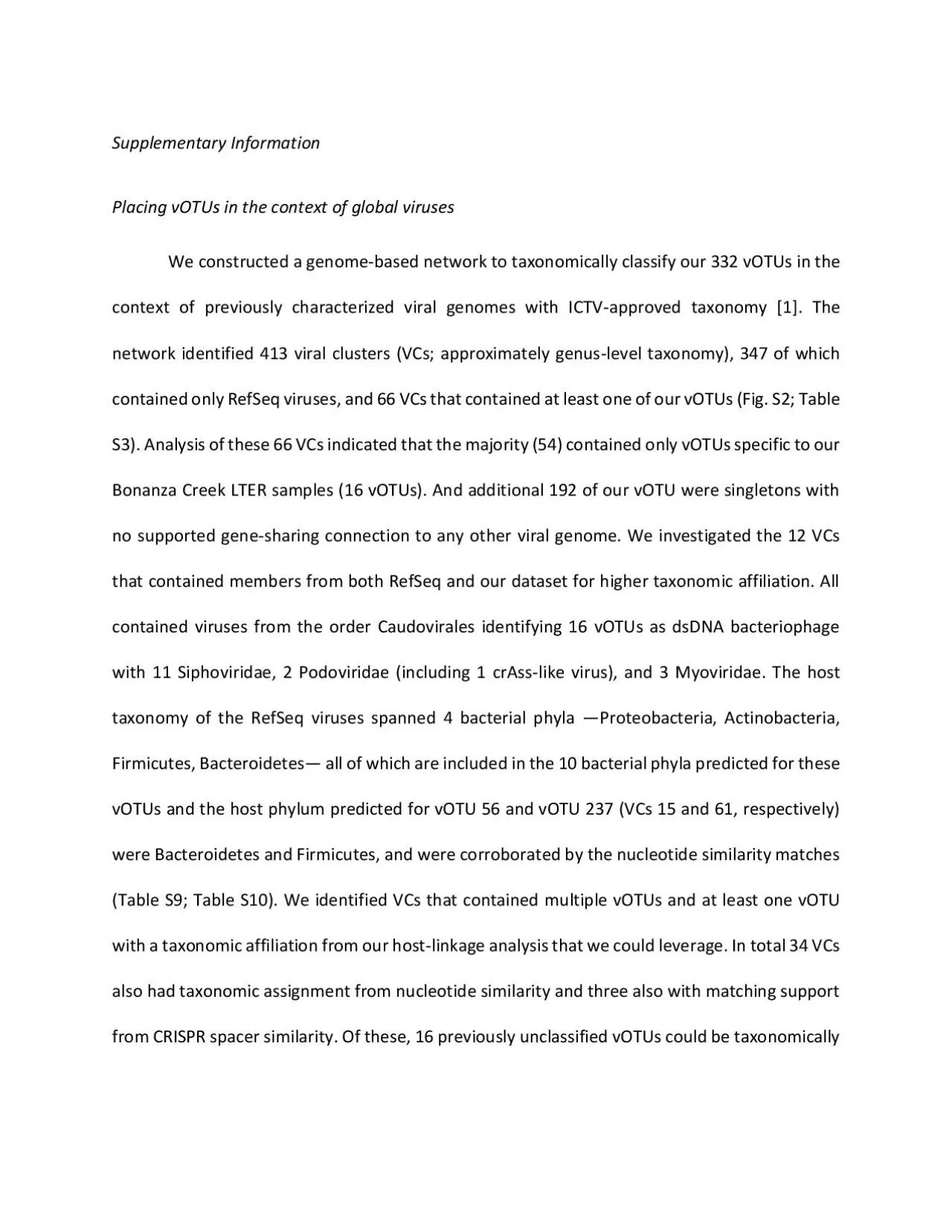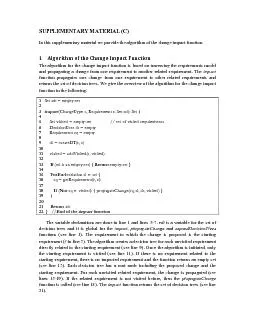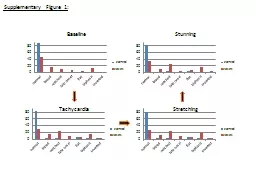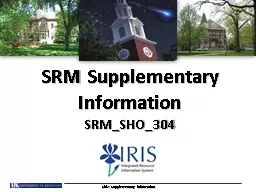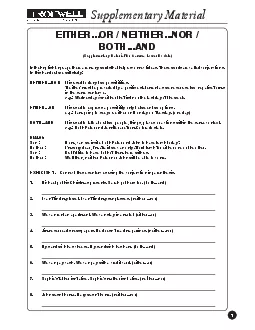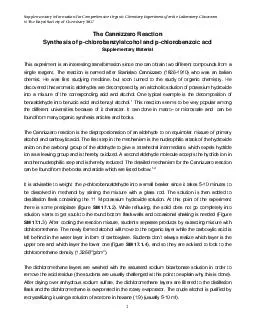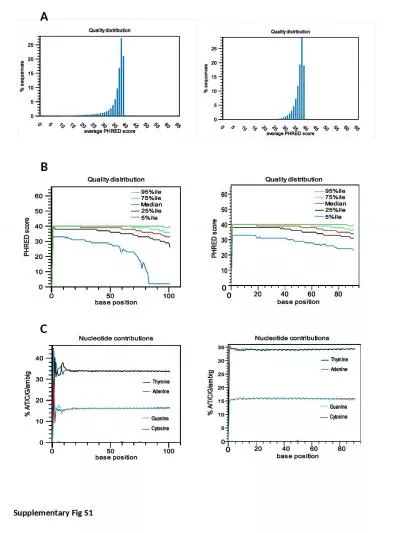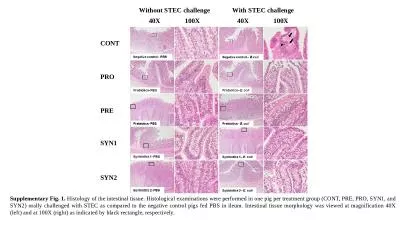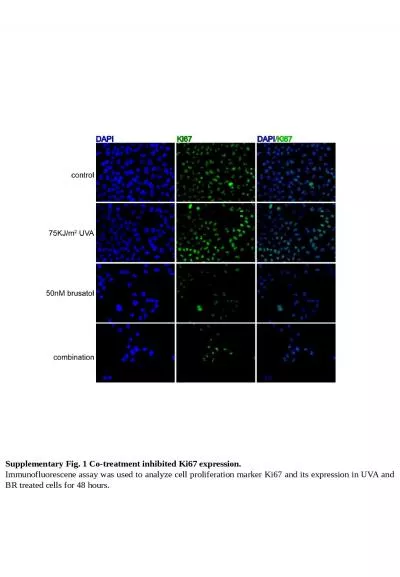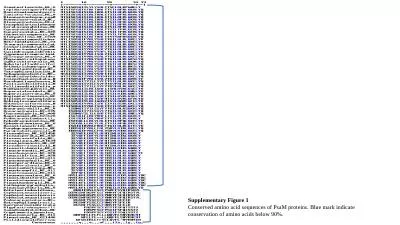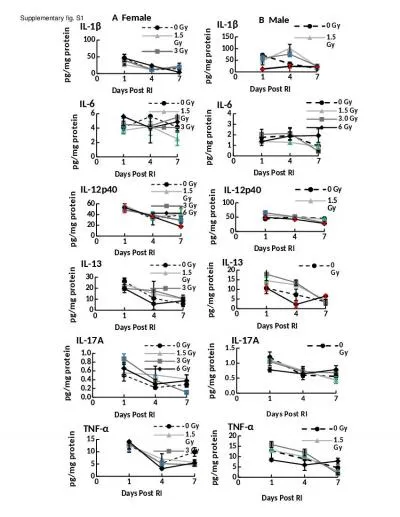PDF-Supplementary Information
Author : paisley | Published Date : 2021-08-20
Placing vOTUs in the context of global virusesWe constructed a genomebased network to taxonomically classify our 332 vOTUsin the context of previously characterized
Presentation Embed Code
Download Presentation
Download Presentation The PPT/PDF document "Supplementary Information" is the property of its rightful owner. Permission is granted to download and print the materials on this website for personal, non-commercial use only, and to display it on your personal computer provided you do not modify the materials and that you retain all copyright notices contained in the materials. By downloading content from our website, you accept the terms of this agreement.
Supplementary Information: Transcript
Download Rules Of Document
"Supplementary Information"The content belongs to its owner. You may download and print it for personal use, without modification, and keep all copyright notices. By downloading, you agree to these terms.
Related Documents

